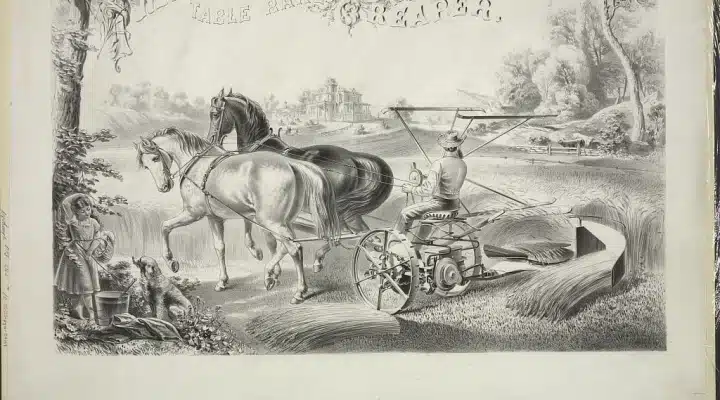Wheat Harvesting Equipment for Efficient Agricultural Practices and Improved Crop Yields
The Evolution and Importance of Wheat Harvesting Machines
Wheat is one of the most crucial crops grown worldwide, serving as a staple food that feeds billions. The process of harvesting this vital grain has evolved significantly over the years, thanks to the advancement in agricultural technology, particularly with the advent of wheat harvesting machines. These machines not only enhance efficiency but also improve the quality and quantity of wheat production.
Historical Context
Historically, wheat harvesting was an arduous task performed manually with simple tools such as sickles and scythes. Farmers would spend countless hours in the fields, cutting down the wheat stalks and gathering the grain by hand. This labor-intensive method was not only time-consuming but also limited the scale of production. With the rise of the Industrial Revolution in the 19th century, machinery began to revolutionize agriculture. The introduction of horse-drawn reapers significantly sped up the harvesting process. These early machines, while primitive by today’s standards, laid the groundwork for modern harvesting technology.
Modern Wheat Harvesting Machines
The most significant advancement in wheat harvesting technology came with the invention of the combine harvester. This all-in-one machine, which combines the functions of reaping, threshing, and winnowing, has transformed wheat harvesting. Modern combine harvesters are equipped with advanced features such as GPS guidance systems, automated control mechanisms, and real-time monitoring capabilities, allowing farmers to operate them with unprecedented precision and efficiency.
The ability to harvest vast areas of wheat fields in a fraction of the time it would take to do so manually is one of the key benefits of these machines. For instance, a modern combine can harvest dozens of acres in a single day, drastically reducing the time between crop maturity and harvesting, which is crucial for maintaining grain quality. Additionally, these machines are designed to minimize grain loss, ensuring that farmers maximize their yield.
wheat harvesting machine

Technological Innovations
Recent technological innovations have further enhanced the efficiency of wheat harvesting machines. Features such as high-speed rotating blades, adjustable cutting heights, and advanced threshing mechanisms allow for customization based on the specific type of wheat and field conditions. Moreover, the integration of precision agriculture technologies, such as drones and sensor-based systems, enables farmers to monitor crop health and optimize their harvesting strategies based on real-time data.
These advancements are not only beneficial for large-scale farmers but also for smallholders. Agricultural cooperatives can pool resources to invest in modern harvesting machines, which helps smaller farms increase productivity and compete in the market. Additionally, the accessibility of such machinery reduces the labor burden on farmers, allowing them to allocate their time and resources more efficiently.
Environmental Considerations
While wheat harvesting machines have revolutionized agricultural practices, it is essential to consider their environmental impact. The operation of large machinery can lead to soil compaction, which affects soil health and crop yields in the long run. To mitigate these issues, manufacturers are increasingly focusing on the development of eco-friendly harvesting machines that are lighter and more efficient. Some machines are now equipped with technology that reduces fuel consumption and emissions, promoting more sustainable farming practices.
Conclusion
In conclusion, wheat harvesting machines have played an indispensable role in modern agriculture. From the early manual tools to today’s sophisticated combine harvesters, the evolution of these machines reflects the ongoing quest for improved efficiency and productivity in food production. As technology continues to advance, it is imperative for farmers to embrace these innovations while also considering the sustainability of their practices. The future of wheat harvesting looks promising, with ongoing developments set to enhance both the quality and quantity of this essential crop, ultimately contributing to global food security.
Latest news
-
When to Upgrade Your Old Forage HarvesterNewsJun.05,2025
-
One Forage Harvester for All Your NeedsNewsJun.05,2025
-
Mastering the Grass Reaper MachineNewsJun.05,2025
-
How Small Farms Make Full Use of Wheat ReaperNewsJun.05,2025
-
Harvesting Wheat the Easy Way: Use a Mini Tractor ReaperNewsJun.05,2025
-
Growing Demand for the Mini Tractor Reaper in AsiaNewsJun.05,2025







